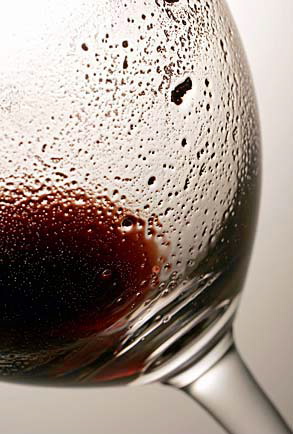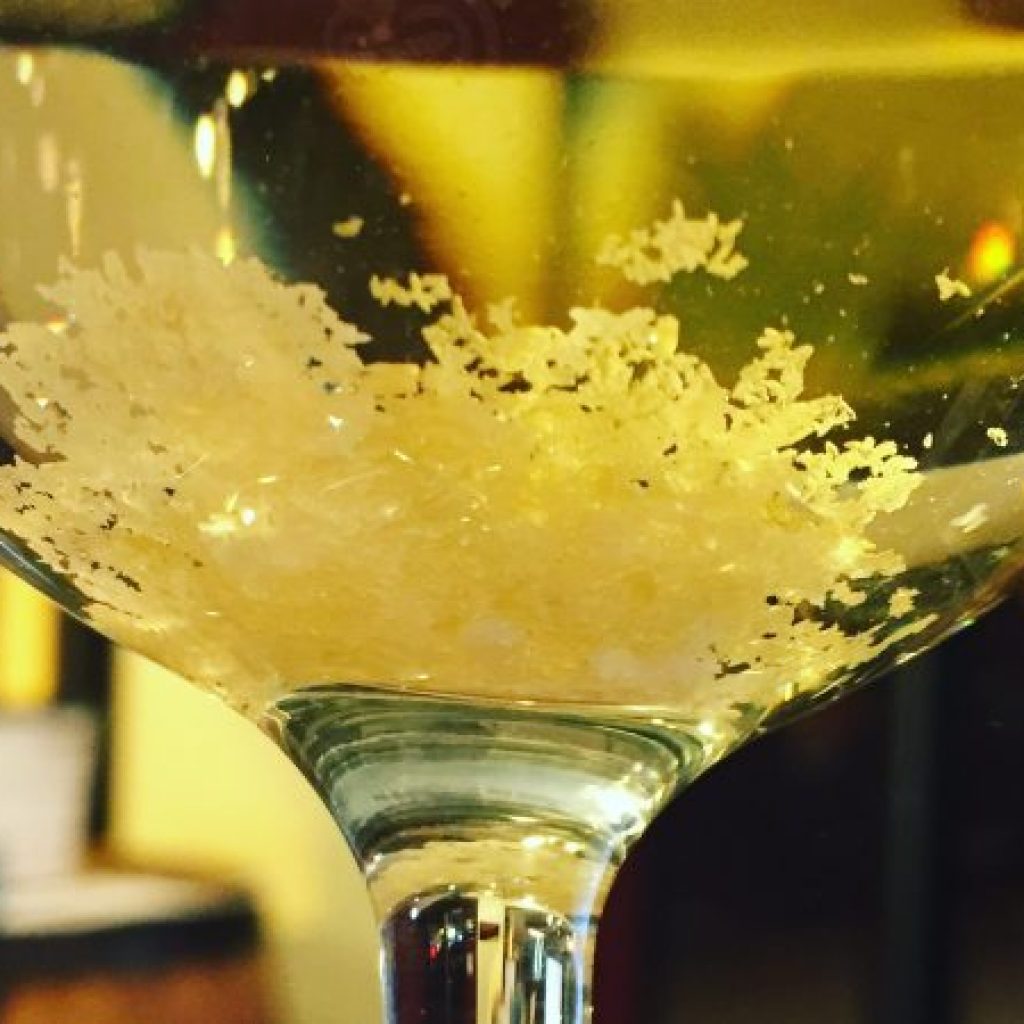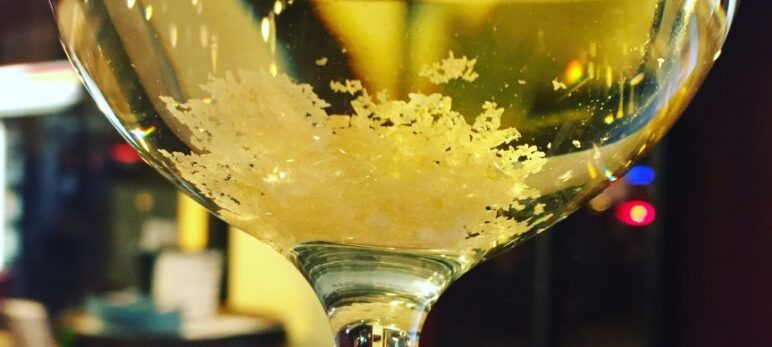Working in the wine world, there are certain questions that we get asked fairly regularly. A lot of these are specific to certain wines, but others are more general. One of the common question that we hear is, “What are these chunks in the bottom of my glass?”
It’s understandable that the reaction to seeing solid matter where you are expecting only liquid might be one of concern. The good news is that there is a perfectly reasonable explanation for these unexpected visitors to your glass, and that there is nothing to worry about.
So What is the Chunky Stuff?

The most commonly seen chunky matter in wine is the sediment that you find in many red wines. There are actually a variety of different causes of sediment in wine. All wine will naturally have a combination of dead yeast cells, bits of grapes and seeds, and material that will remind you of words you heard in your last chemistry class, sexy words like tartrates and polymers. The reason that you don’t find large quantities of this solid matter in every wine that you drink is because of choices that the winemaker has made in the production of the wine. Some winemakers will make the choice to use fine filters to remove a lot of the solid material from the wine. Another method for removing the sediment is called fining, which involves adding agents to the wine that will bind to solid matter, which can then be filtered out. Other winemakers may choose to skip filtering and fining, leaving more sediment in the wine. Most wines will also tend to “throw” sediment during aging as tannin polymers are formed that fall to the bottom of the bottle. The older the wine, the more likely you are to find sediment in the bottle.

Another type of sediment that you will see that is common in both red and white wine is tartrate crystals. These are particularly noticeable in white wines, as you tend to see less sediment in whites. These are basically just small crystals made up of tartaric acid. Not only are these harmless, they are affectionately referred to as “wine diamonds” in the industry. Tartrates will form naturally over time, but they are especially caused by cold temperatures. Many winemakers will use a process known as cold stabilization in production that causes these crystals to drop out prior to bottling, which is why you don’t see them in every bottle of white wine that you come across. There are many somms and wine professionals who view tartrates positively as a sign that the wine hasn’t been excessively manipulated.
How to Get Rid of It
Personally, unless there is an excessive amount of sediment, I don’t tend to worry about it too much. It isn’t harmful, and most of the time it stays at the bottom of the bottle or glass. Sometimes, however, there can be enough sediment that it can make for a less pleasant drinking experience. If you do have a bottle that has a lot of sediment, you can let the sediment settle to the bottom of the bottle by setting it upright for a couple of days, and then pour the wine into a decanter until you start to see sediment working it’s way into the neck of the bottle. You can also pour the wine through a cheese cloth to filter out most of the sediment. In the end, the choice is up to you. You can just roll with the experience and drink up, or take steps to filter as needed.

